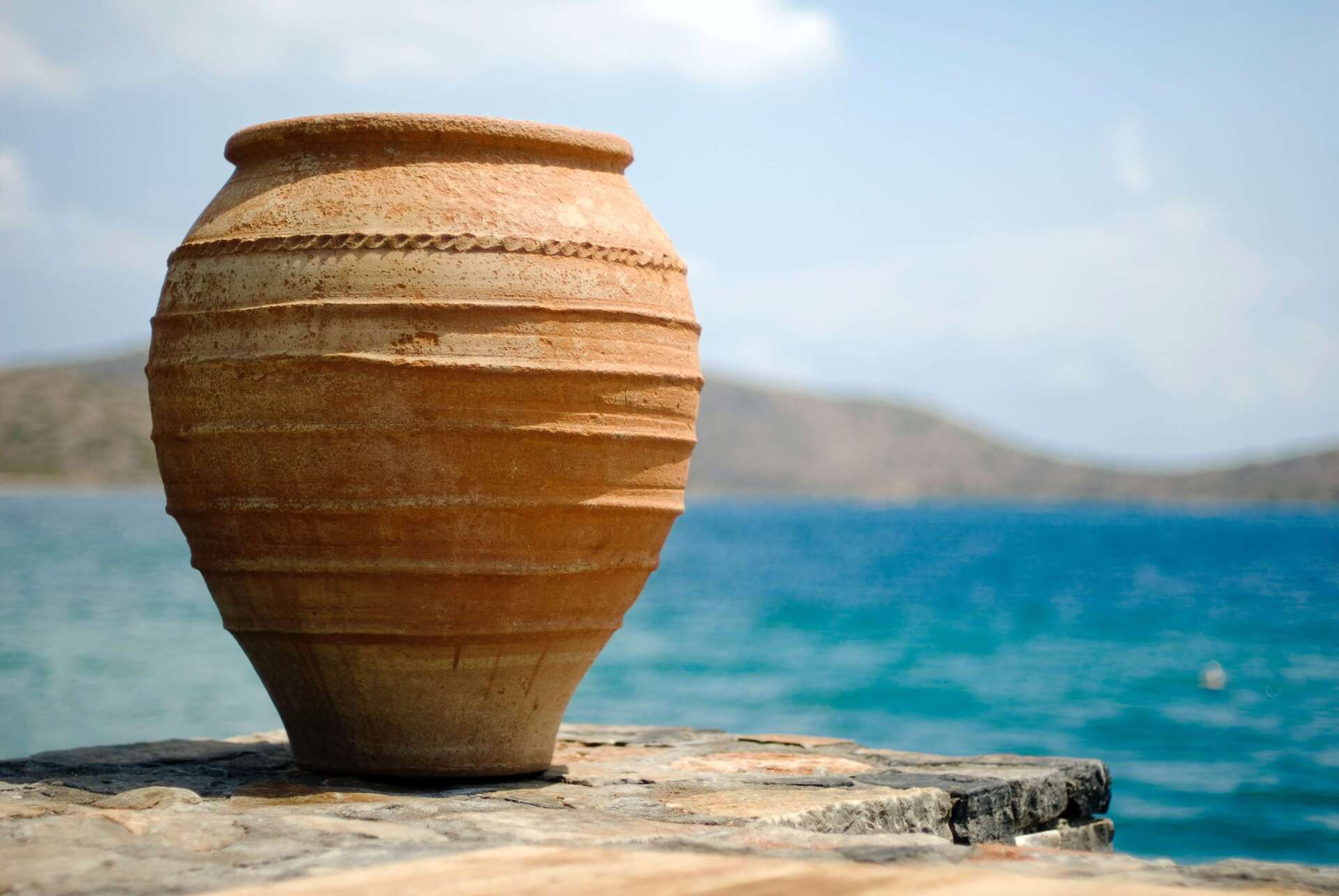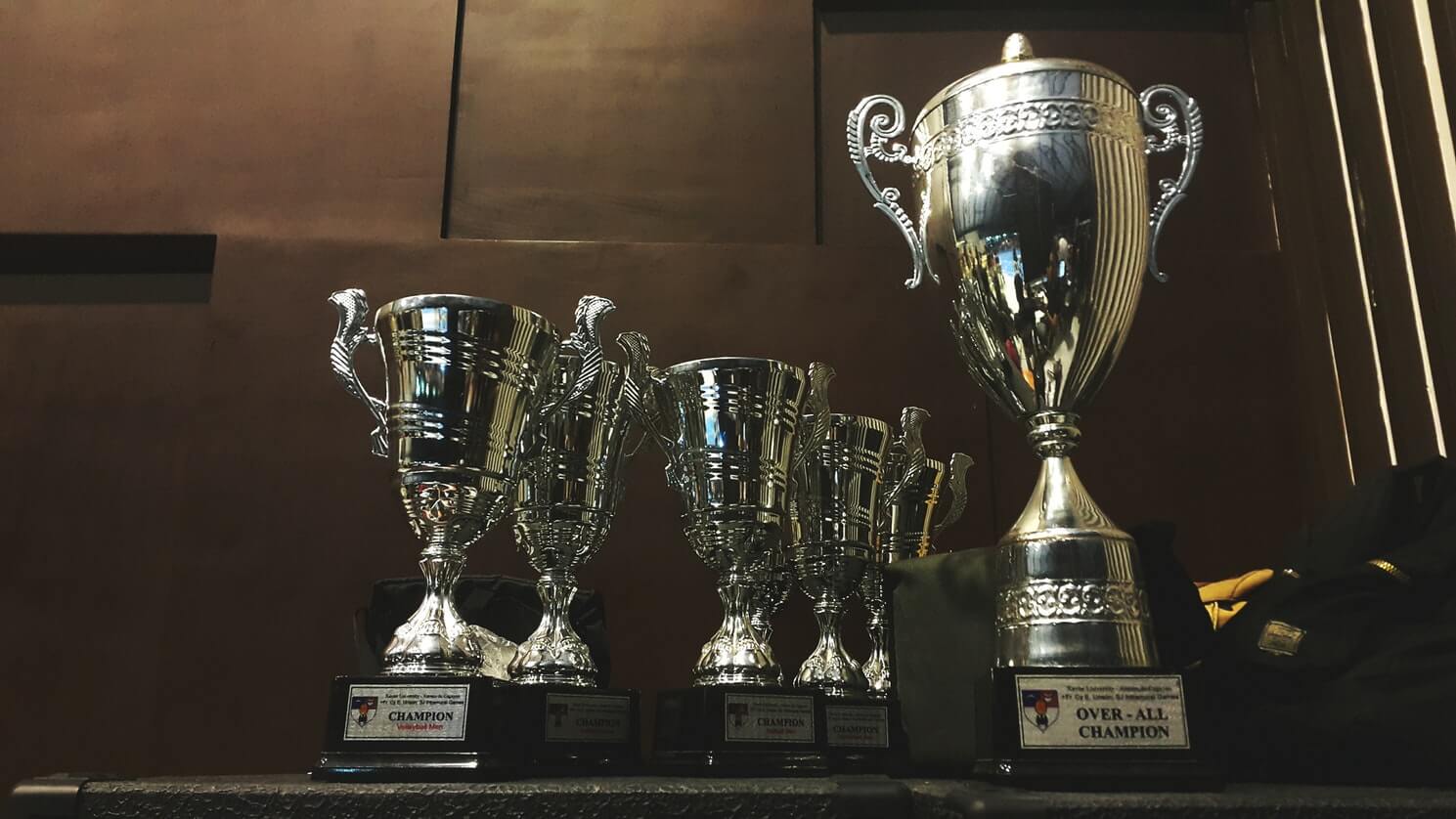The Cremation Process
Cremation has been a part of the human death experience for a very long time. If you would like to understand more about the cremation process we invite you to read this section.
An Overview of Cremation
There are at a minimum four main elements of cremation.
- Transportation of the deceased from place of death to the funeral home or crematory.
- Secure, cold storage of deceased prior to cremation
- The cremation process itself
- Return of cremated remains to the authorized agent
When comparing prices and providers, ensure each element is included in the price and ask questions about the specific policies and procedures for chain of identification at each step.
You may still choose to have a visitation or viewing prior to cremation, which may involve embalming, setting features or washing and dressing the deceased. You may also arrange to witness the cremation itself.
The Technical Details

What Can be Cremated?

What is in the Cremated Remains?

How Long is the Cremation Process?
The average weight of adult cremated remains is between four and six pounds; a tiny percentage of the body’s original mass. The cremation chamber is either swept thoroughly or vacuumed with specially designed equipment to retrieve as much of the remains as possible.
How do I Know I Am Getting My Loved One's Remains Back?
Chain of custody refers to the chronological documentation of the custody, control, transfer, analysis, and disposition of remains and personal property. This is an important definition. Cremation is an irreversible, unstoppable process. Every step of the process needs to be documented, from the receiving of the human remains to the ultimate disposition of the cremated remains, including returning the cremated remains to the authorized agent.
Identification checkpoints:
1. Removal of deceased from place of death
2. Transport to crematory
3. Placement in storage
4. Placement in cremator
5. Removal from cremator
6. Processing at pulverizer
7. Placement in urn
8. Return to authorized agent
It is important to note that each state/province requires different operational data to be recorded, and requires specific forms of documentation, thus each facility may have different policies and procedures which will vary slightly from the above. The funeral director can advise the family of what their facility’s procedures are and what to expect.






